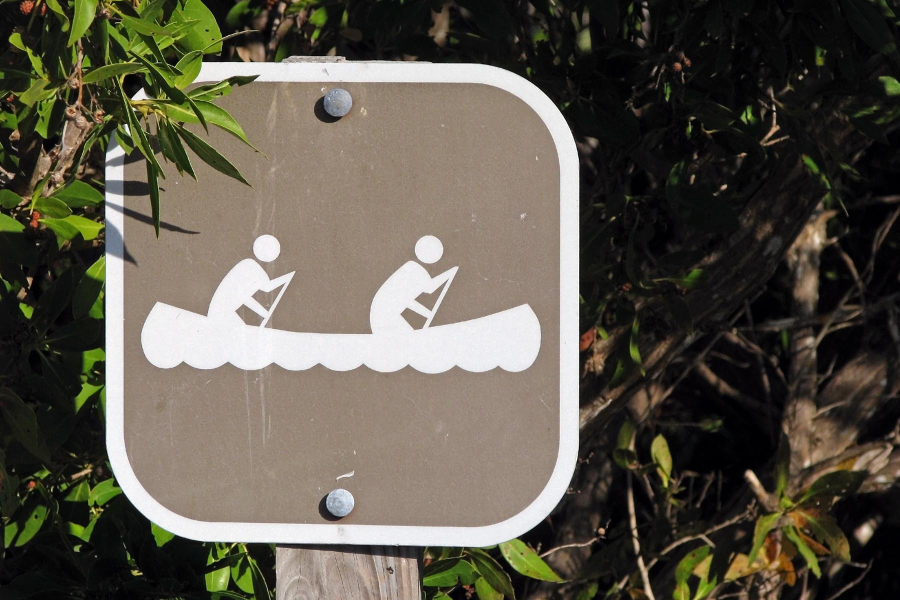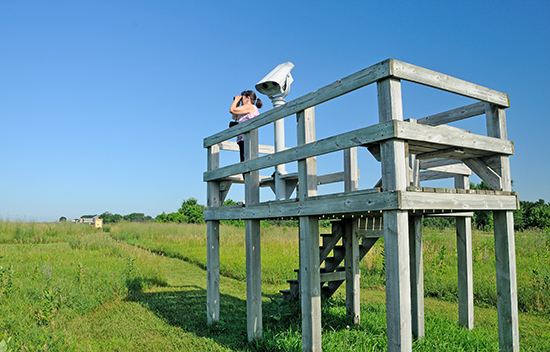Connecting communities to the Chesapeake Bay
New opportunities for public access encourage local action and environmental stewardship

Written by John Davy, National Park Service - Chesapeake Bay Office. John Davy is chair of the Chesapeake Bay Program's Public Access Planning Team.
Unique among the exciting goals of the Chesapeake Bay Watershed Agreement is the commitment to establish 300 new public access sites in the region by 2025—the only goal specifically aimed at physically connecting people with the Bay and its tributaries. This goal is important for two reasons.
First, people care for the places they love and enjoy. As they interact with the Chesapeake Bay and its tributaries, they develop an appreciation for this wonderful natural resource. This leads them to become stewards and caretakers who have a vested interest in the decisions affecting local waters.
Second, there is an increasingly high demand for additional public access to the waters of the Bay and its rivers. The six watershed states—Delaware, Maryland, New York, Pennsylvania, Virginia and West Virginia—and the District of Columbia all noted a high need for additional public access in their State-wide Comprehensive Outdoor Recreation Plans, public access plans and boating infrastructure plans. Throughout the region, water-based activities—including fishing, boating, swimming and beach use—rank among the top twelve recreational activities. Wildlife observation and views from the water’s edge are also highly desirable.
The demand for water access is also affected by the region’s growing population—now nearly 18 million—and the increasing popularity of relatively new forms of water recreation, such as kayaking, paddle boarding, kite boarding and sail boarding. Unlike larger power craft, these paddle craft are relatively inexpensive, can be easily stored and transported by one person, and may not require much more than a good path to the water’s edge to launch. When you combine these with the more traditional activities of boating, fishing, sunbathing, swimming and enjoying views from the water’s edge, it is not surprising that regional residents and visitors increasingly seek opportunities to connect with the waters of the region.
To help track and implement the goal of 300 new public access sites, sites are lumped into four major categories: boating access, which includes access for all types of water craft; fishing access, which includes fishing piers or bank fishing locations; swimming access, which includes areas specifically designated for swimming; and view access, which includes sites developed at the water’s edge to provide views out over the water or of natural areas and waterfowl. In addition to sites that transition from the land to the water, there is also a need to provide access from the water to the land. This includes points of interest along water trails, campsites, restroom facilities and places where people can explore interesting environments or just stop to picnic.

Meeting this demand and reaching the 300 site goal requires collaboration among multiple partners. While the National Park Service has been assigned the lead role in coordinating the effort, partnerships between local, state and federal agencies and non-profit organizations have been essential in developing new access. One major project recently completed on the James River in Virginia involved a partnership between the local government, Dominion Power, the Chesapeake Conservancy and a state agency. On the Susquehanna River, a boat dock, wildlife viewing platform and fishing access were established at the Zimmerman Center for Heritage with support from Pennsylvania’s Fish and Boat Commission, Department of Conservation and Natural Resources and Department of Transportation, with additional funding from the National Park Service and local donors. National Park Service funding for public access projects serving local communities comes through the congressionally authorized Chesapeake Bay Gateways and Watertrails Network and the Captain John Smith Chesapeake National Historic Trail. This partnership approach has been a continuing pattern throughout the watershed, and it will take this approach to continue to enhance public access opportunities.
State, federal and local governments are generally the guardians of these opportunities, providing public sites where everyone can enjoy the natural and cultural bounty of the Chesapeake Bay watershed—relaxing, learning and reflecting in direct interaction with the region’s treasured waters. Some sites provide direct access to the Bay and its rivers for boating, sunbathing and swimming. Others provide spots where visitors without watercraft can fish, observe wildlife, walk trails and camp along the water’s edge. The Watershed Agreement’s public access goal reaffirms both the need for and benefits of providing citizens access to these resources.

Comments
There are no comments.
Thank you!
Your comment has been received. Before it can be published, the comment will be reviewed by our team to ensure it adheres with our rules of engagement.
Back to recent stories